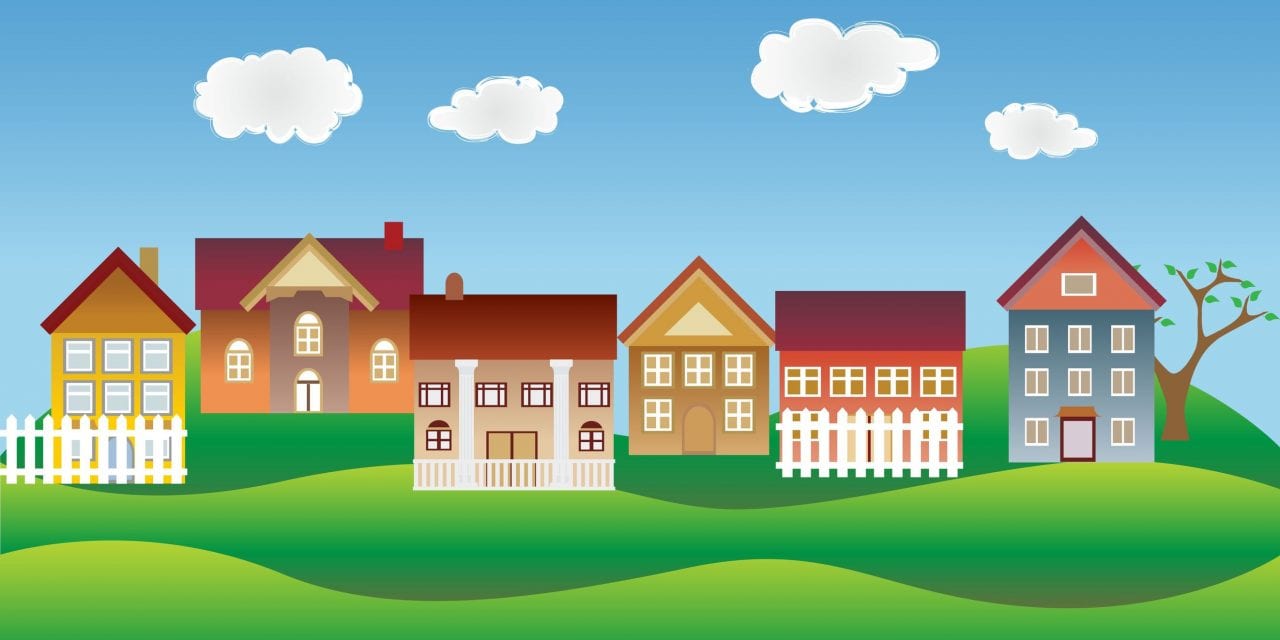For those who don’t know, villages are organizations of aging people who come together for mutual support.
By Jack Cumming
Earlier this week, I attended a conference about the Village Movement, organized by the Village to Village Network, a nationwide association. For those who don’t know, villages are organizations of aging people who come together for mutual support. My initial impression, based on the vibrancy felt in the conference hall, was very positive. I felt a bit like Martin Luther King, Jr. when he said, “I’ve been to the mountaintop; I’ve seen the promised land.” Could “Villages” be the future of aging in America?
A Little Help
Paul Leon Ramsey, who has a doctorate in theology, gave an inspiring opening to the conference. In 2011 Dr. Ramsey became the first paid Executive Director of A Little Help, an organization that began in 2005 when a group of neighbors joined together to support “seniors in aging well at home.”
In its self-description, A Little Help follows a model, based on the national Village Movement, to equip neighbors to deliver vital services, empowering elders to age interdependently in their own homes, on their own terms. A Little Help incorporated in 2007 as a 501(c)(3) “with the vision of neighbors connected across generations engaged in strong communities.”
The Village Movement
In his opening, Dr. Ramsey evoked applause when he voiced the spirit of the Village Movement. “We believe,” he exclaimed, “that we can shift the social conscience of aging in America. We want to move beyond the dirge of social isolation, so that good neighbors can help each other to create a loving community.” He ended with the simple statement, “We are doing great work.” The moment was moving.
The Village Movement, dominated by baby boomers who are changing their world as they age just as they transformed many other aspects of American life, is generally praised for one of its core strengths — its grassroots origins. It’s not a facility owned by someone else; it’s a collection of neighbors coming together to help neighbors.
An additional strength is the popular perception that the Village Movement is independent of commercial interests. The greatest strength, which was palpable throughout the conference, is the sense that this is a fresh start that is defining the future of aging in America.
The Challenges
Of course, fresh new movements themselves grow older, and I sensed that there may be some challenges ahead for the villages. One challenge appeared to be a growing dependence on financial sponsors. The vision was articulated that Village to Village Network could be strengthened if sponsors can move from the role of patrons toward becoming corporate partners. That would be a departure from the movement’s grassroots, independent beginnings. Notable sponsors include Kaiser healthcare, AARP, Amazon, Western Union, and others.
Many attendees were executive directors or other paid staff of village organizations. Statistics presented suggest that currently there are 96 members for every paid full-time staff equivalent.
Related was a statistic that there are just 2 members for every volunteer. This contrasts with senior housing where there are typically fewer than 2 residents for every staff position with many organizations trending toward parity of staff with residents. The staffing ratio within senior housing is similar to the villages’ volunteers ratio.
In senior housing, paid executive staff has emerged as an interest group apart from the residents who are served. This is not yet the case for the relatively new (roughly ten years old) Village Movement.
Benefits & Services
As the village movement matures, the paid staff are likely to emerge as a leadership group in their own right, apart from the movement’s grassroots origins. One paid executive director asked how many villages in the room provide retirement benefits for staff members. Only 3 people raised their hands. That quasi-volunteer form of underpaid service is likely to change as the movement matures.
Professional staff will want benefits and career tracks. Will that change the dynamic that now gives Villages much of their strength?
Moreover, most of the services offered appeal primarily to a younger demographic who don’t yet need much assistance or care services. This is reflected in the kinds of services that dominate as delineated by Roscoe Nicholson from Mather Lifeways.
- Transportation
- Companionship
- Village-sponsored classes or educational events
- Village-sponsored social events or outings
Services offered by more than 80% of Villages:
- Shopping
- Providing information, advice or referrals to outside service providers
- Technology assistance
- Home repair or maintenance
It’s likely that the volunteer-dependent, participative nature of many of these villages will shift as the participants age and become more dependent and less able to support others.
Partnership Opportunities
For senior housing, the opportunity is to partner with local villages so that their members are channeled into senior housing as their needs change and as they reach the stage at which they can no longer manage, physically and mentally, in independent homes living by themselves.
The Village model of “neighbors helping neighbors” is appropriate for people who are still fully independent and who are not yet unhappy with the hassles of home maintenance, meal preparation, and other chores of daily existence. The appeal of that model may shift as the Village participants themselves age and are no longer able to live independently or as they grow weary of the routine chores of everyday life.
This then leaves two related questions. Is this truly a new model for aging that can supersede and supplant today’s business models for senior housing? Or is it simply a fresh start that looks promising in its early beginnings, but that, as members grow frailer, will come to have to deal with the same challenges as the established senior housing industry? The popularity of villages among baby boomers may prove to be more opportunity than threat for those senior housing enterprises able to cooperate with their new neighbors in aging services.








